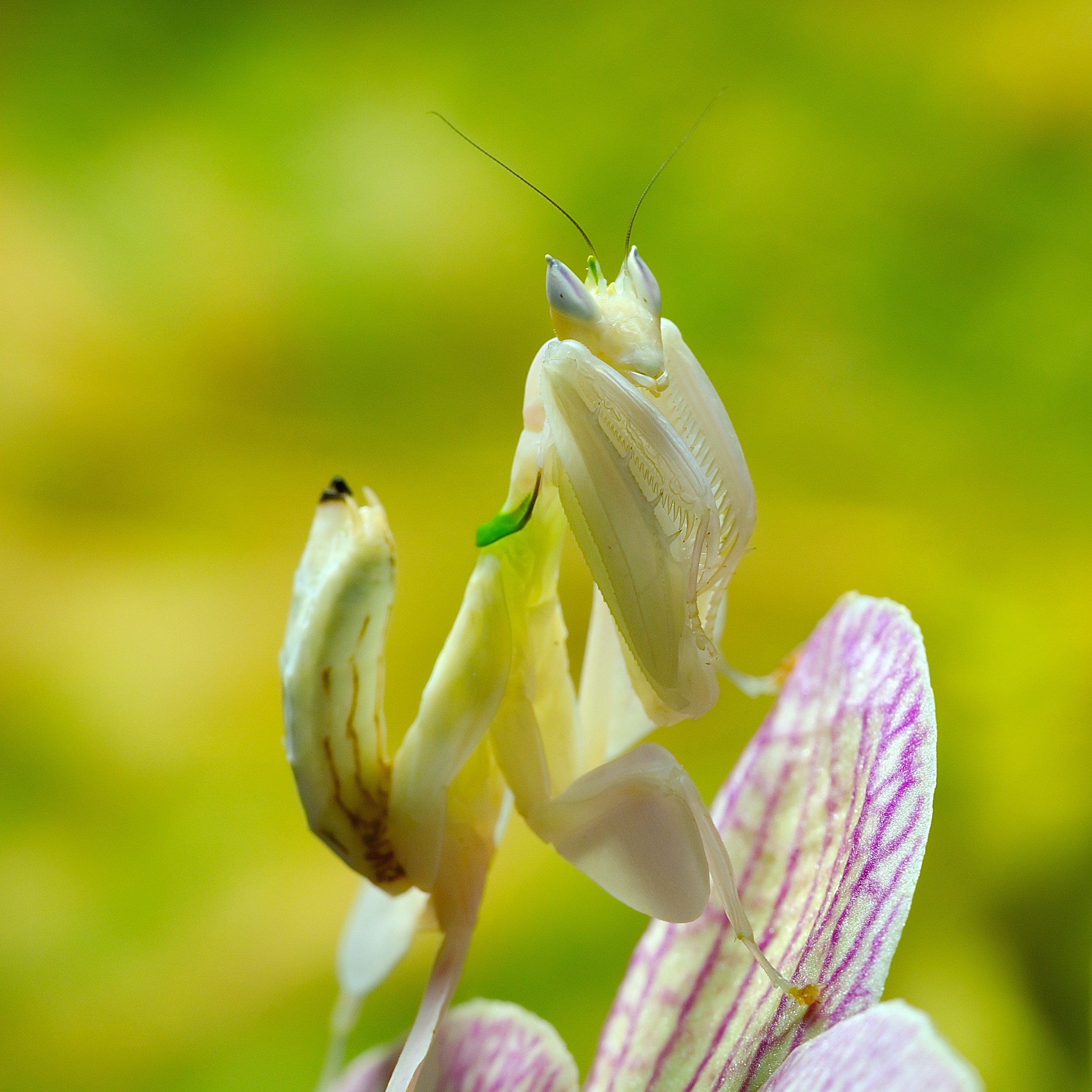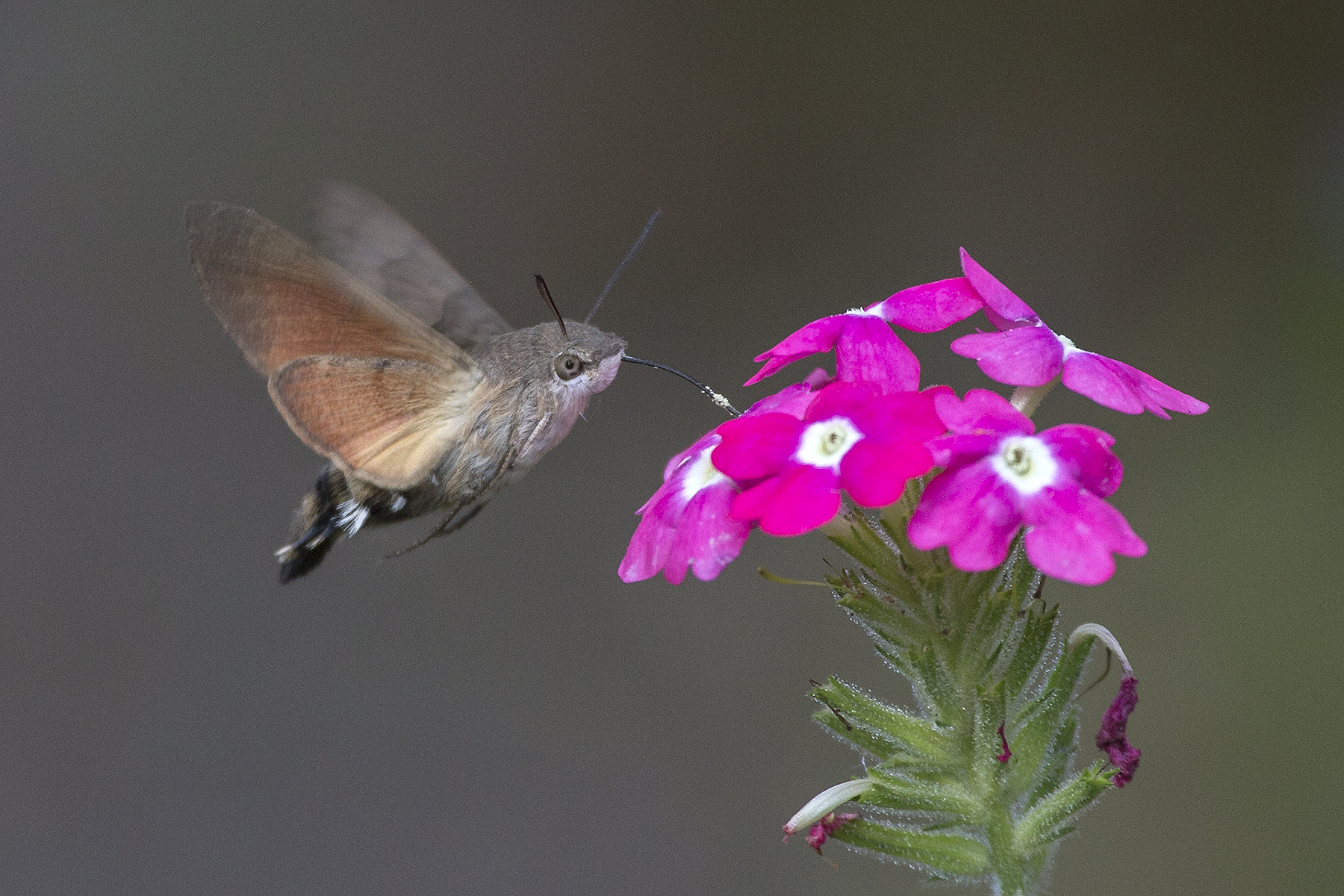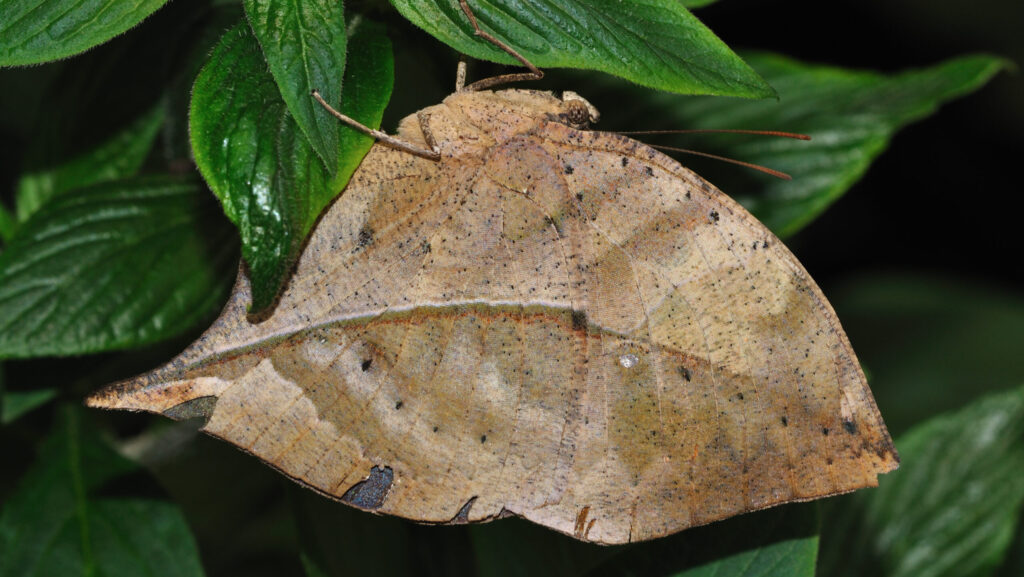Nature’s theater is full of award-winning performances, but none are quite as jaw-dropping as the insects that have mastered the art of deception. These tiny actors don’t just play dress-up for fun – their very survival depends on fooling predators, prey, and sometimes even their own species. From bugs that transform into perfect flower petals to creatures that mimic deadly animals with stunning accuracy, the insect world is packed with con artists that would make Hollywood jealous.
The Orchid Mantis: Nature’s Living Flower

When you think you’re looking at a delicate pink orchid swaying in the breeze, you might actually be staring at one of nature’s most skilled predators. The orchid mantis has evolved to become a perfect floral mimic, complete with petal-shaped legs and a body that matches the exact coloration of tropical flowers.
These remarkable insects don’t just hide among flowers – they become them. Their legs have flattened into petal-like structures, while their bodies sport the same soft pink and white hues found in orchid blooms. What makes this disguise even more impressive is how they position themselves, swaying gently as if moved by an invisible breeze.
Stick Insects: The Ultimate Camouflage Artists

Imagine trying to spot a twig that can walk away from you. That’s exactly what stick insects have perfected over millions of years of evolution. These masters of disguise have bodies that perfectly mimic the bark, texture, and color of the branches they call home.
Some species take their performance so seriously that they’ll sway back and forth to mimic branches moving in the wind. Others have developed bumps and ridges that look exactly like bark patterns, making them virtually invisible even when you’re looking directly at them.
The Clearwing Moth: Wasp Impostor Extraordinaire

Flying around your garden might be what looks like an aggressive wasp, but take a closer look and you’ll discover it’s actually a harmless moth pulling off one of nature’s most convincing performances. Clearwing moths have evolved to look startlingly similar to wasps, complete with yellow and black stripes and transparent wings.
This isn’t just a loose resemblance – these moths have nailed every detail. They move with the same jerky, aggressive flight patterns as wasps, and even their antennae have been modified to look more wasp-like. The deception is so complete that even experienced entomologists sometimes do a double-take.
Dead Leaf Butterflies: When Wings Become Foliage
The moment a dead leaf butterfly closes its wings, it transforms from a colorful flying jewel into what appears to be a dried, brown leaf complete with realistic veins and decay spots. This transformation happens in the blink of an eye, making predators lose track of their colorful target entirely.
The underside of their wings features intricate patterns that perfectly mimic leaf veins, brown spots that look like natural decay, and even fake holes that appear to be insect damage. When they land and fold their wings, they become so convincing that you could walk right past them without noticing.
Ant-Mimicking Spiders: Eight-Legged Infiltrators

Not all masters of disguise are insects – some spiders have become so skilled at impersonating ants that they can walk right into ant colonies without being detected. These arachnid actors use their front legs as fake antennae, constantly waving them around like real ants do.
Their bodies have evolved to look remarkably ant-like, with constricted waists and coloration that matches their target species. Some even walk with the characteristic three-part gait of ants, despite having eight legs instead of six. This disguise allows them to hunt ants or avoid their own predators by blending into ant societies.
The Bumblebee Robber Fly: Fuzzy Fraud in Flight

With its fuzzy yellow and black body hovering near flowers, the bumblebee robber fly looks like just another pollinator going about its business. But this is actually a fierce predator that has evolved to look exactly like the harmless bees it often hunts.
These flies have developed the same rounded, fuzzy appearance as bumblebees, complete with similar flight patterns and flower-visiting behavior. The mimicry is so effective that they can approach real bees without raising suspicion, making them incredibly successful ambush predators.
Leaf-Footed Bugs: Masters of Plant Mimicry

Some insects have taken plant mimicry to an extreme level, developing body parts that look exactly like leaves, complete with realistic veins and even fake damage spots. Leaf-footed bugs have evolved flattened leg segments that perfectly replicate the appearance of plant leaves.
These bugs don’t just look like plants – they behave like them too. They remain motionless for hours, positioning themselves to look like natural parts of the vegetation they’re hiding on. Some species even change color seasonally to match the aging leaves around them.
The Hawkmoth Hummingbird: Feathered Flight Illusion

Watch a hawkmoth hover at a flower and you’ll swear you’re seeing a tiny hummingbird. These moths have evolved the same rapid wing-beat frequency as hummingbirds, creating an almost identical flight pattern and even producing a similar humming sound.
Their size, coloration, and feeding behavior so closely match those of hummingbirds that many people spend years thinking they’ve been watching birds in their gardens. The moths even have similar feeding preferences, visiting the same types of flowers that attract actual hummingbirds.
Treehopper Architects: Living Thorns and Bark

Treehoppers have evolved some of the most bizarre and effective disguises in the insect world, with body modifications that make them look like thorns, bark, or even bird droppings. Their enlarged pronotum can take on almost any shape needed to blend with their surroundings.
Some species look exactly like rose thorns, complete with the right color and pointed shape. Others have developed bark-like textures that make them invisible when sitting on tree trunks. The diversity of their disguises is so impressive that discovering new species often feels like uncovering hidden works of art.
The Conclusion: Nature’s Greatest Actors

These incredible insects prove that evolution can create performances so convincing they’d win Academy Awards if bugs were eligible. Each species has spent millions of years perfecting their act, developing costumes and behaviors that are often more realistic than anything humans could create.
The next time you’re outside, take a moment to look more carefully at what you think you’re seeing. That flower might be hunting, that twig might be walking, and that bee might actually be a spider in disguise. In nature’s theater, the most talented performers are often the ones you never notice at all.
What makes you wonder about the other “ordinary” things in nature that might actually be extraordinary performers in disguise?

